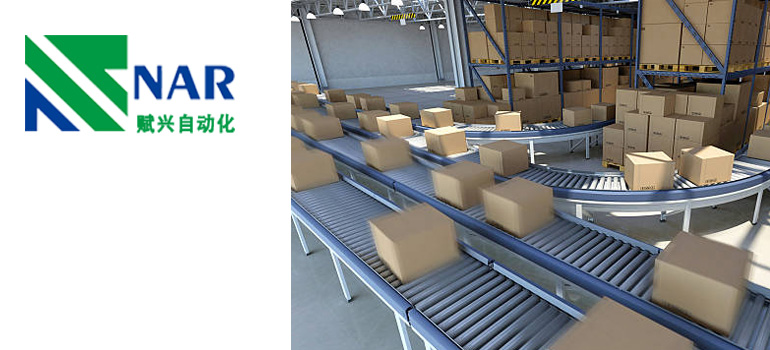Summary:
What is a conveyor belt system and what is the use of it
What is the conveying system?
Main operating parts of conveying system
Advantages of conveyor system
Type of conveyor system
How does the conveying system work?
Peralatan conveyor belt system transports different types of materials between different places, which is a mechanical equipment for efficient transportation. With the development of technology, the function of automatic material transportation can be realized.
The use of conveyor system can greatly reduce human error and labor risk. Conveyors are used in many industries to transport materials from one place to another. The efficient transportation of materials makes them very popular in the material handling and manufacturing industry.
This article will introduce what is the conveying system, the operating parts of the conveying system and how it works.
What is the conveying system?

The conveying system is a mechanical equipment that transports bulk goods and finished goods from the loading point to the unloading point in a continuous way along a certain route.
Complete the transfer of materials in a certain area, which can transport bulk materials or whole articles.
Main operating parts of conveying system
Peralatan conveyor system consists of three main parts: belt bracket, pulley and drive device. Each component plays a vital role in the operation of the conveyor. Although all conveyor systems contain these components, the design varies depending on the material of construction and the location of each component.
The belt bracket is a component to ensure the smooth movement of the belt. If the support unit is not firm, the belt will sag when the worker puts the heavy object on it, which will cause the belt to not move smoothly or quickly. The use of strong support device can keep the belt tight and efficient operation.
The pulley is an external part used to control the belt movement. The conveyor belt has at least two pulleys, one is the drive pulley and the other is the idler pulley.
The drive unit causes the conveyor system to move. The unit contains a counter bearing to keep the conveyor moving. The device also allows the belt to move in reverse direction and manages repeated adjustment of certain system directions. The drive unit in the automatic transmission system is powered by the motor, while the manual conveyor system is not powered by the motor.
Advantages of conveyor system
The materials can be safely transported from one location to another through the conveyor, and can also be transported across levels
It can be installed in most cases. At the same time, automation, fault safety and protective measures can usually add value and improve the safety of the workplace
The conveyor can move a large number of objects of different shapes, sizes and weights or objects that cannot be carried by humans
With advanced safety functions, it can prevent safety accidents and improve the throughput of the system
Various options for operating the conveying system, including hydraulic system, mechanical system and fully automatic system, can meet personalized needs
The inclined belt can unload materials automatically, without the need for someone to receive parts at the other end.
Type of conveyor
Common types of conveyor systems are as follows:
- Belt conveyor
- Roller conveyor
- Telescopic belt conveyor
- Chain conveyor
- Inclined conveyor
- Screw conveyor
Each type of conveyor has a specific purpose. It is important to select the appropriate conveyor type.
How does the conveying system work?
Generally, the conveyor system consists of two or more pulleys. The belt forms a closed loop around the pulley to make the system rotate continuously.
The most common conveyor system design uses pulleys to drive pulleys and belts. The belt is connected to the rotor by friction between the two surfaces. In order for the belt to move effectively, the drive pulley and idler pulley must run in the same direction, clockwise or counterclockwise.
The conveyor belt system makes material transportation easier, faster, safer and more efficient. The carefully designed conveyor reduces the burden of material handling on the production line. Through automatic material movement, the conveyor system saves time and resources for enterprises.
For more conveyor solutions, please contact PT.Nar

